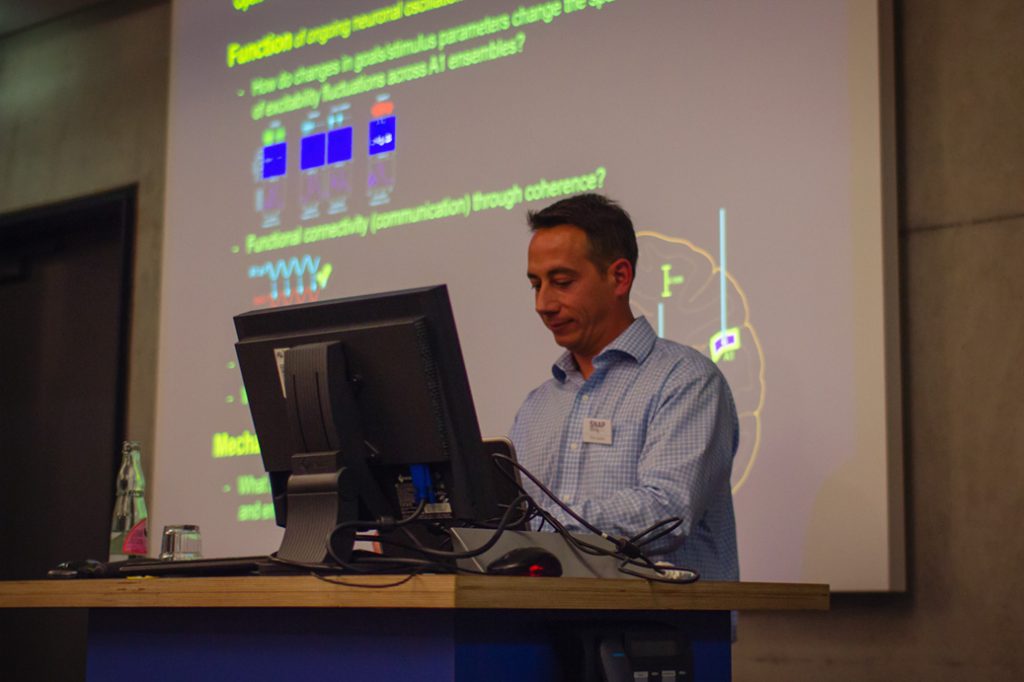Former Obleserlab PhD student Leo Waschke is now out in eLife with an ingenious demonstration how both endogenous and exogenously-driven changes in the steepness of the brain-electric 1/f power spectrum (in part linked directly to local excitation:inhibiton, E:I, ratio) in neural populations can affect behaviour in complex, multi-sensory environments: “Modality-specific tracking of attention and sensory statistics in the human electrophysiological spectral exponent”.
The results draw heavily on the recent spectral-slope exponent work by our collaborators at University of California San Diego in the lab of Bradley Voytek, and have come together in a three-lab collabo of Lübeck, San Diego, and Leo’s current scientific home, the Douglas Garrett lab at the MPIB.
Congratulations, Leo!
https://twitter.com/bradleyvoytek/status/1451591258384650244?s=20



